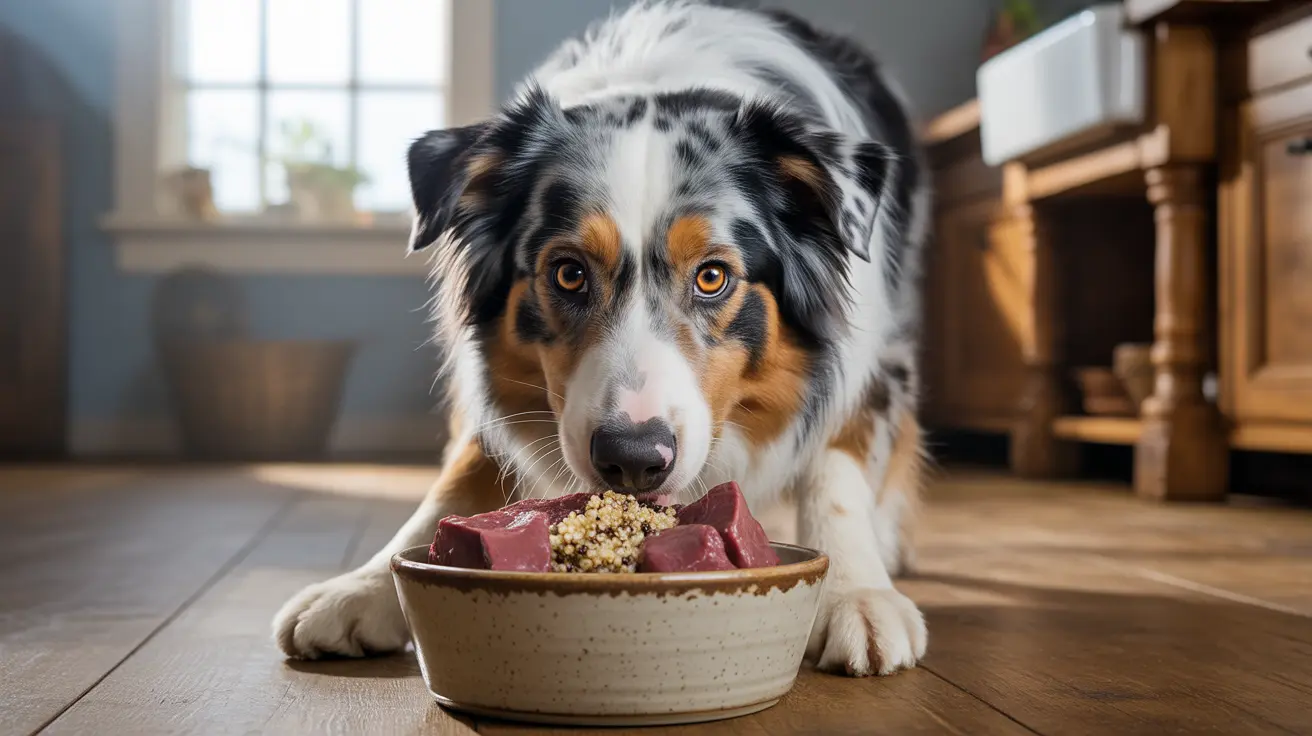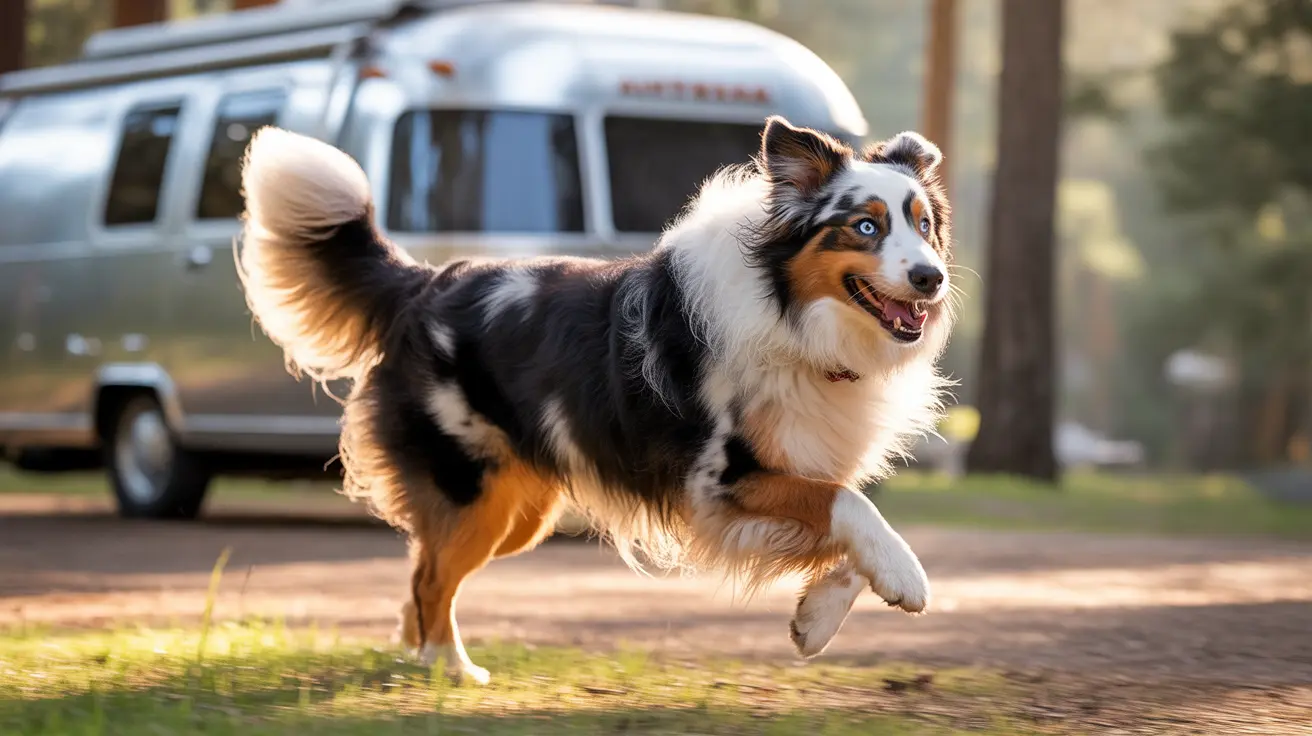How Do Dogs Go Potty on International Flights?
Traveling with pets requires meticulous preparation, especially when it comes to international flights. A common concern for pet owners is: how do dogs go potty during such long journeys? Understanding the logistics and best practices helps ensure your dog's comfort and hygiene while flying across borders.
The Basics of Dog Air Travel
When traveling internationally with your dog, three main transport options exist:
- In-cabin travel with the owner (if the pet meets size and weight regulations)
- As accompanied baggage or cargo on your flight
- As unaccompanied cargo with a licensed pet shipper
Potty Solutions During Flights
Unlike short road trips with periodic stops, international flights offer no potty breaks for pets. Here's how dogs typically manage:
- Crate Lining: Dogs flying as cargo or checked baggage are transported in crates lined with absorbent materials such as puppy training pads or towels to handle urine and feces.
- Pre-flight Preparation: Owners are advised to exercise their pets and allow them to relieve themselves just before reaching the airport and again before checking in for the flight.
- Food and Water Management: Feeding is often minimized before the flight to reduce bowel movements mid-air. Hydration is critical, but excessive water can increase the need for urination, so balance is key.
Training Helps
Prior crate training is hugely beneficial. A dog comfortable in a crate is less likely to become anxious, which in turn can help regulate its bodily functions during the trip. Some dogs may also be trained to go potty on a pee pad laid inside the crate.
Veterinary Considerations
- Health Certificate: A Veterinarian must examine the dog and issue a Certificate of Veterinary Inspection within a specified time before travel.
- Medications: Some dogs require sedatives for stress relief, but this should only be considered under strict veterinary guidance since sedation can affect respiratory function at high altitudes.
- Hydration Aids: Frozen water in bowls or no-spill travel water dispensers help regulate water intake over the flight without causing spills.
Crate Standards Matter
The dog’s crate should meet International Air Transport Association (IATA) standards:
- Ample space to stand up, turn around, and lie down.
- Well-ventilated, secure, and labeled with “Live Animal” stickers.
- Lined with absorbent material to handle accidents mid-flight.
Arrival and Cleanup
Upon arrival, pets should be promptly removed from their crate and provided opportunities to relieve themselves as soon as customs and inspection procedures allow. Prepare for immediate clean-up, and bring along extra supplies such as:
- Wipes
- Extra crate liners
- Disposable gloves
- Plastic bags
- Fresh water and food
Conclusion
Dogs cannot go potty mid-flight in the traditional sense, but with proper preparation and use of lined crates, they can remain comfortable. Key is minimizing discomfort while adhering to airline and country-specific travel regulations. Consider your dog’s temperament, age, and health when planning an international flight, and consult your veterinarian for tailored advice. With attention to these details, international travel with your four-legged friend can be manageable and stress-free.





